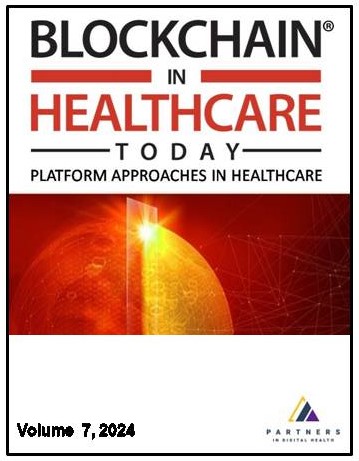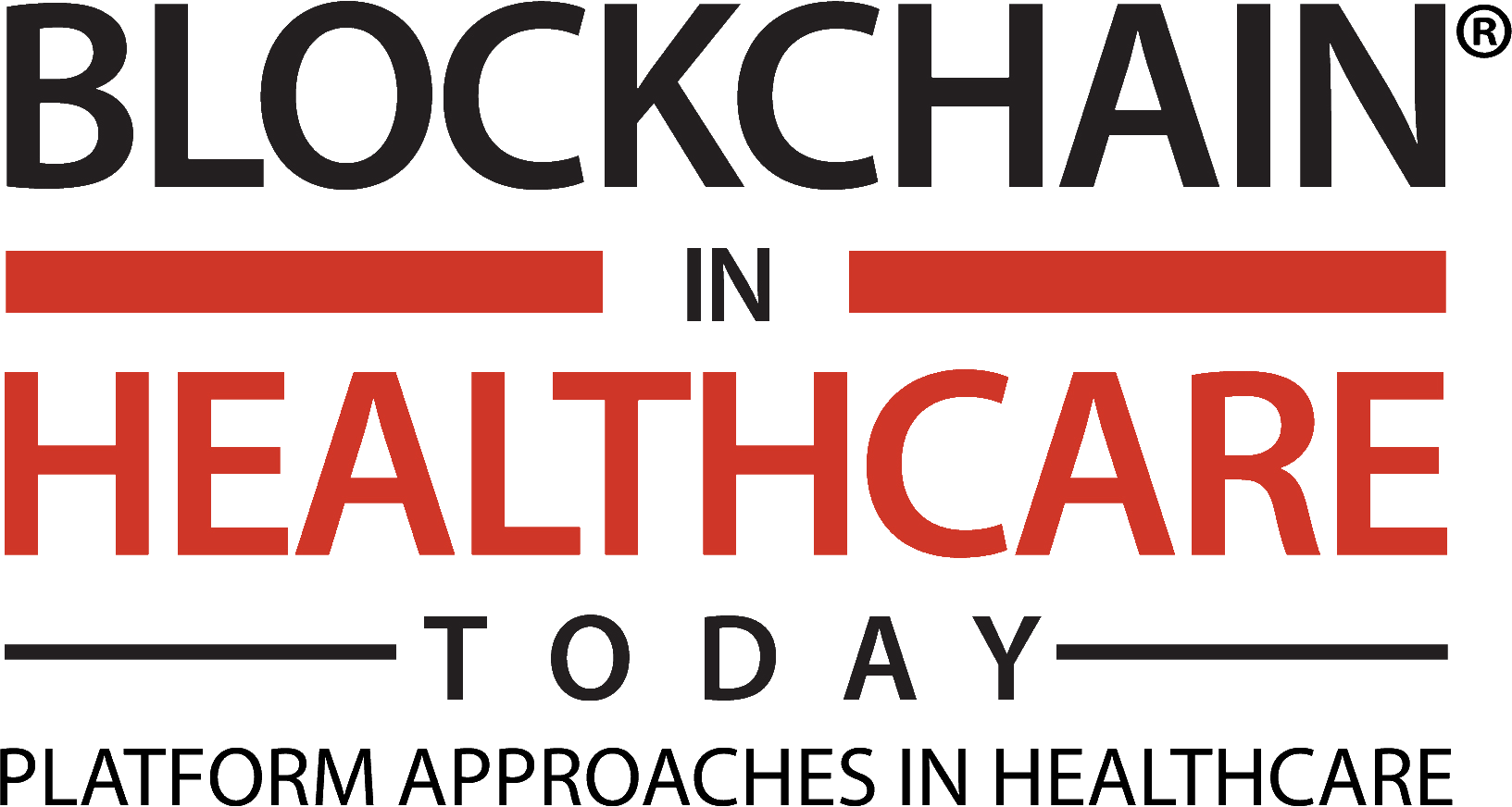
Additional files
More articles from Volume 4, Issue 1, 2021
Commercially Successful Blockchain Healthcare Projects: A Scoping Review
Blockchain predictions for health care in 2021
A Proposal for Decentralized, Global, Verifiable Health Care Credential Standards Grounded in Pharmaceutical Authorized Trading Partners
Leveraging Blockchain Technology for Informed Consent Process and Patient Engagement in a Clinical Trial Pilot
The Case for Establishing a Blockchain Research and Development Program at an Academic Medical Center
Article views
Leveraging the Hyperledger Fabric for Enhancing the Efficacy of Clinical Decision Support Systems
Abstract
Adopting and implementing the Clinical Decision Support System (CDSS) technology is a critical element in an effort to improve national quality initiatives and evidence-based practice at the point of care. CDSS is envisioned to be a potential solution to many current challenges in the healthcare sphere, which includes information overload, practice improvement, eliminating treatment errors, and reducing medical consultation costs. However, the CDSS did not manage to achieve these goals to the desired levels and provide context-appropriate alerts, although integrated with the electronic health records (EHRs) (1). Clinical decision support alerts can save lives, but frequent ones can cause increased cognitive burden to clinicians, worsen alert fatigue, and increase the duplication of tests. This ultimately increases health care costs without refining patient outcomes. Studies show that 49–96% of clinical alerts are ignored, raising questions about the effectiveness of CDSS (1). Blockchain, a decentralized, distributed digital ledger that contains a plethora of continuously updated, time-stamped, and highly encrypted virtual record, can be a key to addressing these challenges (2). The blockchain technology if integrated with the CDSS can serve as a potential solution to eliminating current drawbacks with CDSS (3). This article addresses the most significant and chronic problems facing the successful implementation of CDSS and how leveraging the Hyperledger Fabric can alleviate the clinical alert fatigue and reduce physician’s burnout using patient-specific information. The proposed architecture framework for this study is designed to equip the CDSS with overall patient information at the point of care. This then empowers the physicians with the blockchain-integrated CDSS, which holds the potential to reduce clinician’s cognitive burden, medical errors, and costs and ultimately enhance patient outcomes. The research study broadly discusses how the blockchain technology can be a potential solution, reasons for selecting the Hyperledger Fabric, and elaborates on how the Hyperledger Fabric can be leveraged to enhance the efficacy of CDSS.
Keywords
References
Citation
Copyright
This is an open access article distributed under the Creative Commons Attribution License which permits unrestricted use, distribution, and reproduction in any medium, provided the original work is properly cited.
Article metrics
The statements, opinions and data contained in the journal are solely those of the individual authors and contributors and not of the publisher and the editor(s). We stay neutral with regard to jurisdictional claims in published maps and institutional affiliations.

